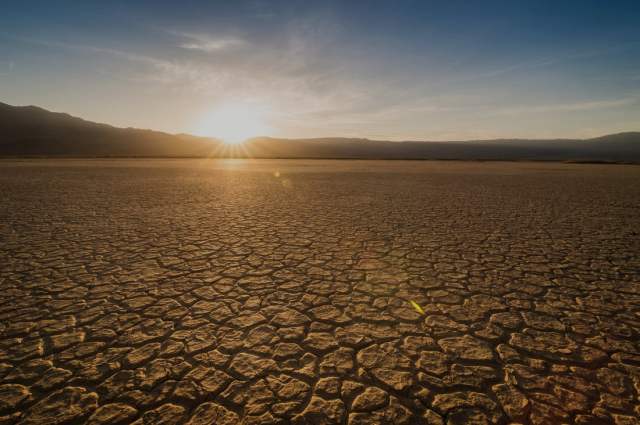
Changes in Precipitation Patterns

Changes in Precipitation Patterns
Climate change is having an uneven effect on precipitation (rain and snow) in the United States, with some locations experiencing increased precipitation and flooding, while others suffer from drought. On average, more winter and spring precipitation is projected for the northern United States, and less for the Southwest, over this century.
Image credit: Marvin Nauman/FEMA
SDGs, Targets, and Indicators
| SDGs | Targets | Indicators |
|---|---|---|
| SDG 13: Climate Action | Target 13.1: Strengthen resilience and adaptive capacity to climate-related hazards and natural disasters | Indicator 13.1.1: Number of deaths, missing persons, and directly affected persons attributed to disasters per 100,000 population |
| SDG 6: Clean Water and Sanitation | Target 6.4: By 2030, substantially increase water-use efficiency across all sectors and ensure sustainable withdrawals and supply of freshwater to address water scarcity | Indicator 6.4.2: Level of water stress: freshwater withdrawal as a proportion of available freshwater resources |
1. Which SDGs are addressed or connected to the issues highlighted in the article?
SDG 13: Climate Action
The issue of changes in precipitation patterns due to climate change is directly connected to SDG 13, which focuses on taking urgent action to combat climate change and its impacts.
SDG 6: Clean Water and Sanitation
The article mentions the uneven effect of climate change on precipitation, leading to some locations experiencing increased flooding while others suffer from drought. This issue is connected to SDG 6, which aims to ensure availability and sustainable management of water and sanitation for all.
2. What specific targets under those SDGs can be identified based on the article’s content?
Target 13.1: Strengthen resilience and adaptive capacity to climate-related hazards and natural disasters
The article highlights the uneven effect of climate change on precipitation, leading to increased flooding in some areas. Strengthening resilience and adaptive capacity to these climate-related hazards and natural disasters is a relevant target.
Target 6.4: By 2030, substantially increase water-use efficiency across all sectors and ensure sustainable withdrawals and supply of freshwater to address water scarcity
The article mentions the projected decrease in winter and spring precipitation for the Southwest, which can contribute to water scarcity in the region. Ensuring sustainable withdrawals and supply of freshwater to address water scarcity is a relevant target.
3. Are there any indicators mentioned or implied in the article that can be used to measure progress towards the identified targets?
Indicator 13.1.1: Number of deaths, missing persons, and directly affected persons attributed to disasters per 100,000 population
Although not explicitly mentioned in the article, the increased precipitation and flooding in some areas can lead to disasters that result in deaths, missing persons, and directly affected persons. This indicator can be used to measure progress towards strengthening resilience and adaptive capacity to climate-related hazards.
Indicator 6.4.2: Level of water stress: freshwater withdrawal as a proportion of available freshwater resources
The projected decrease in precipitation for the Southwest can contribute to water scarcity, which can be measured using the indicator of freshwater withdrawal as a proportion of available freshwater resources. This indicator can help track progress towards ensuring sustainable withdrawals and supply of freshwater.
Behold! This splendid article springs forth from the wellspring of knowledge, shaped by a wondrous proprietary AI technology that delved into a vast ocean of data, illuminating the path towards the Sustainable Development Goals. Remember that all rights are reserved by SDG Investors LLC, empowering us to champion progress together.
Source: science.nasa.gov

Join us, as fellow seekers of change, on a transformative journey at https://sdgtalks.ai/welcome, where you can become a member and actively contribute to shaping a brighter future.






